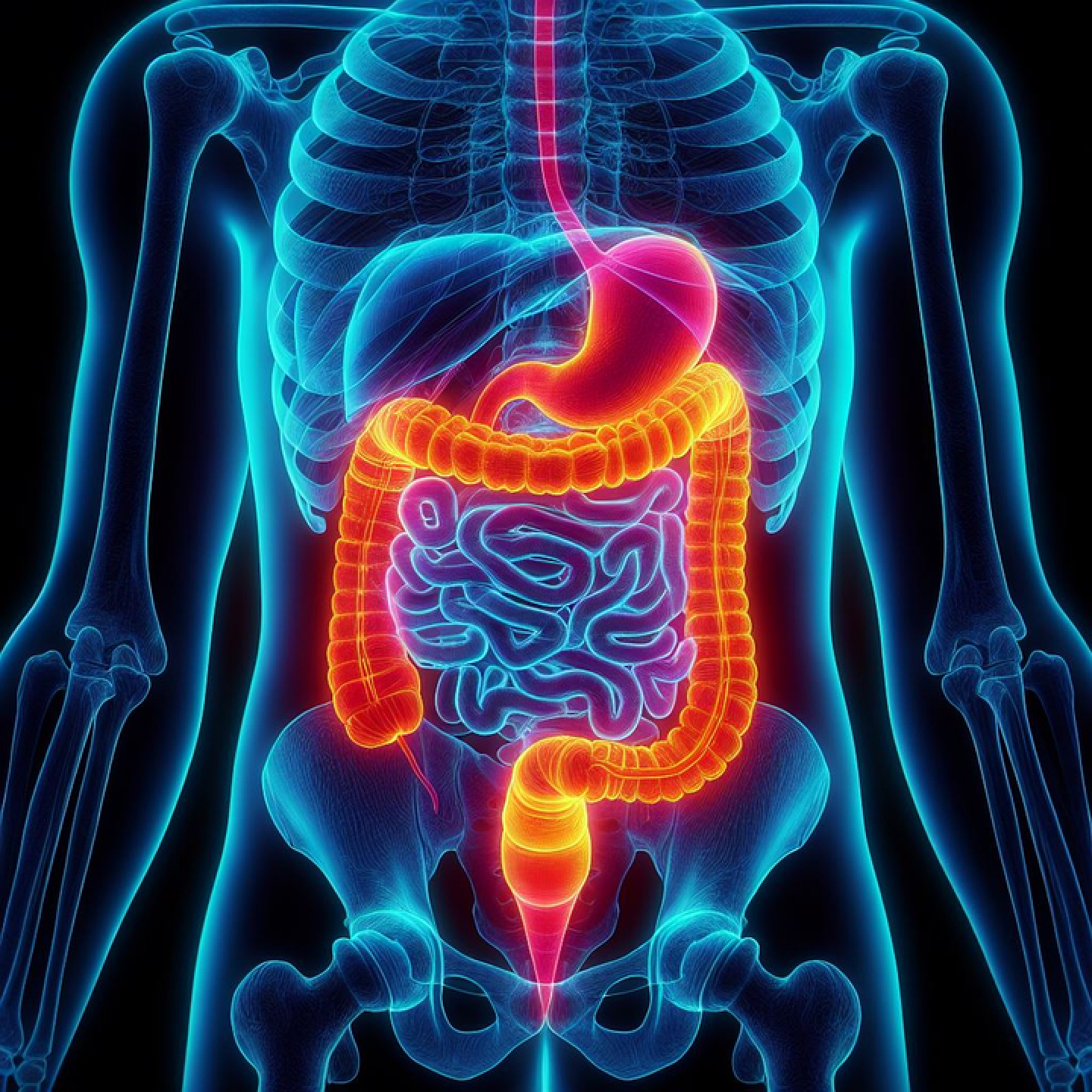Follow us on Google News (click on ☆)
Using machine learning algorithms, a team from the University of Geneva (UNIGE) has for the first time identified all the bacteria present in the human gut at a level of detail that allows for understanding the physiological importance of different microbial subgroups. This inventory then enabled the detection of colorectal cancer based on the subgroups of bacteria present in simple stool samples, a non-invasive and low-cost method.

Pixabay illustration image
The potential applications are vast, ranging from diagnosing other cancers to a better understanding of the links between the gut microbiota and health. These results are published in Cell Host & Microbe.
Colorectal cancer is often diagnosed at an advanced stage, when few treatment options remain. This highlights the importance of developing simpler and less invasive diagnostic tools, especially in the face of an unexplained rise in cases among young adults. While the role of the gut microbiota in the development of colorectal cancer has been known for a long time, moving from basic research to medical practice remains complex. Indeed, different strains of the same bacterial species can have opposite effects, some promoting the disease and others having no effect.
The same method could indeed enable the development of non-invasive diagnostic tools for a wide range of diseases.
"Instead of relying on the analysis of the different species making up the microbiota, which is not detailed enough to capture all the differences, or on the analysis of bacterial strains, which vary greatly from one individual to another, we focused our research on an intermediate level of the microbiota, the subspecies," explains Mirko Trajkovski, full professor in the Department of Cell Physiology and Metabolism and at the Diabetes Centre of the UNIGE Faculty of Medicine, who led this research.
"The subspecies scale is specific and allows us to understand the functional differences of bacteria and how they contribute to diseases like cancer, while remaining general enough to detect these changes across different groups of individuals, populations, or countries."
With the help of machine learning
The first step involved analyzing huge amounts of data. "As a bioinformatician, the challenge was to propose an innovative approach for analyzing mass data," recalls Matija Trickovic, a PhD student in Mirko Trajkovski's laboratory and first author of this work. "We succeeded in developing the first complete catalogue of human gut microbiota subspecies, as well as a precise and efficient method to leverage this wealth of information for research and in a clinical setting."
By combining this catalogue with existing clinical data, the scientists developed a model capable of predicting the presence of colorectal cancer solely from the bacteria present in stool samples. "Even though we were confident in our strategy, the results were astonishing," enthuses Matija Trickovic. "Our method detected 90% of cancers, a result very close to the 94% detection rate achieved by colonoscopy, and superior to all current non-invasive detection methods."
By integrating more clinical data, this model could become even more accurate and match colonoscopy. It could become a routine screening tool and facilitate the early detection of colorectal cancer, which would then be confirmed by colonoscopy, but only in a limited number of patients.
Numerous possible applications
A first clinical trial will begin in collaboration with the Geneva University Hospitals (HUG) to more precisely determine the cancer stages and lesions that this technology can detect.
However, the possible applications extend beyond colorectal cancer. By studying the differences between subspecies of the same bacterial species, scientists can now identify the mechanisms of action by which the gut microbiota influences human health. "The same method could indeed enable the development of non-invasive diagnostic tools for a great many diseases from a single analysis of the microbiota," concludes Mirko Trajkovski.